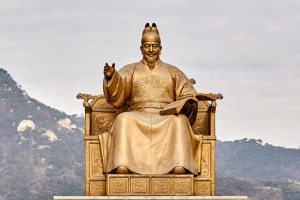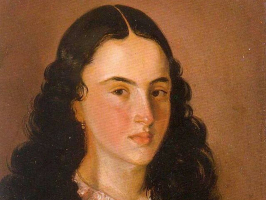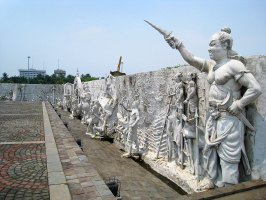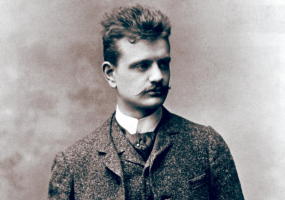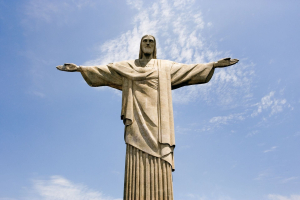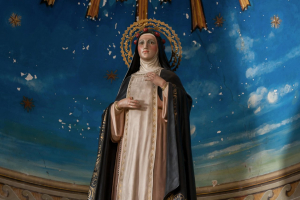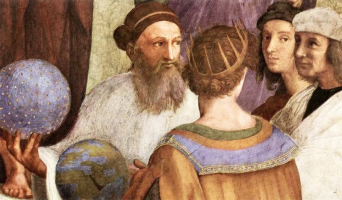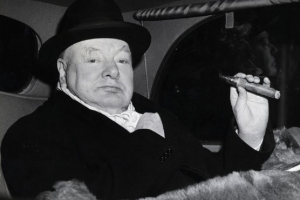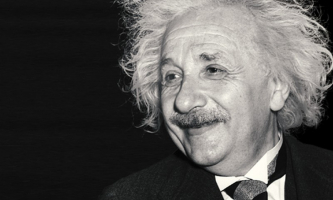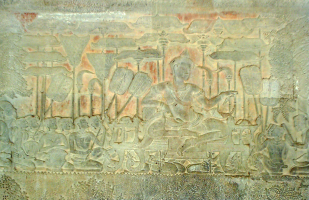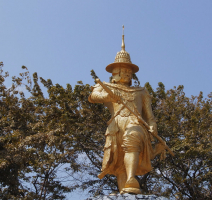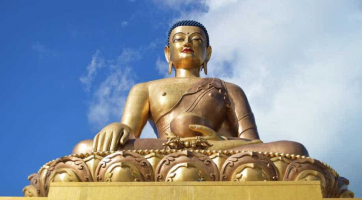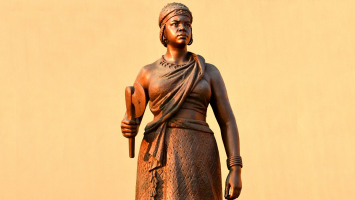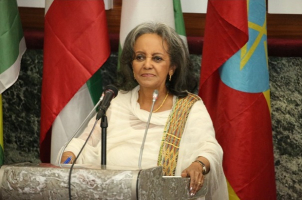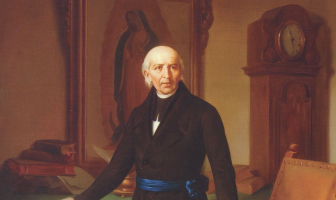Top 10 Most Important Historical Figures In Croatia
The Republic of Croatia, commonly known as Croatia, is a nation in Southeast and Central Europe. It is not a very big country. In actuality, it was not even a ... read more...country until the early 1990s. You'll adore our list of the most important historical figures in Croatia if you enjoy studying about history and the people who had a significant impact on shaping the world we live in today.
-
One of the most important historical figures in Croatia is Nikola Tesla. On July 10, 1856, a Serb woman gave birth to Nikola Tesla in the Austrian Empire's Military Frontier settlement of Smiljan (modern-day Croatia). He was a superb physicist, electrical engineer, and inventor. He is most known for creating the alternating current (AC) electrical supply system, but he also made significant advancements in a wide range of other fields, including lasers, x-rays, radar, lighting, robotics, radio, remote control, and wireless communications.
At his 79th birthday party in 1935, Tesla discussed a wide range of subjects. He made numerous claims about his mechanical oscillator, including having discovered the cosmic ray in 1896 and creating a method to produce direct current using induction. He told reporters that a version of his oscillator had sparked an earthquake in Lower Manhattan's 46 East Houston Street lab and nearby streets in 1898. He predicted that the invention would make him $100 million within two years.
For his ideas, Tesla received almost 300 patents globally. There are some unaccounted-for Tesla patents, and several sources have found ones that had been stashed away in patent records. At least 278 patents known to have been granted to Tesla in 26 nations. Although many of Tesla's patents were granted in the United States, Britain, and Canada, many more were authorized in other nations. Tesla created numerous innovations, but many of them were never protected by patents.
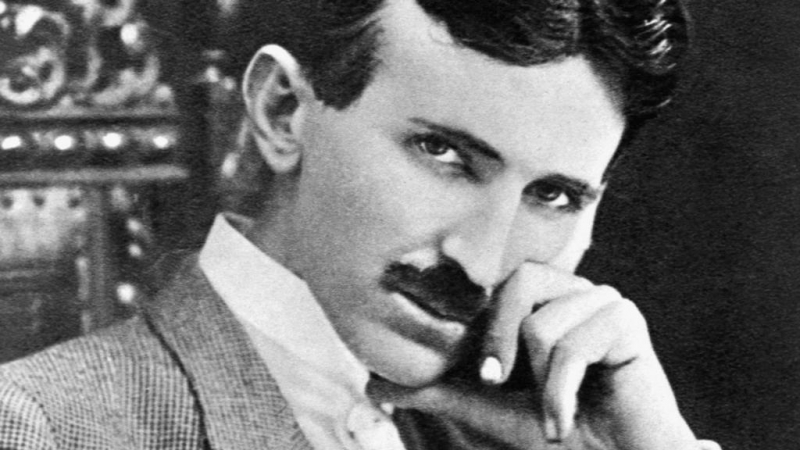
Photo: https://www.dw.com/ 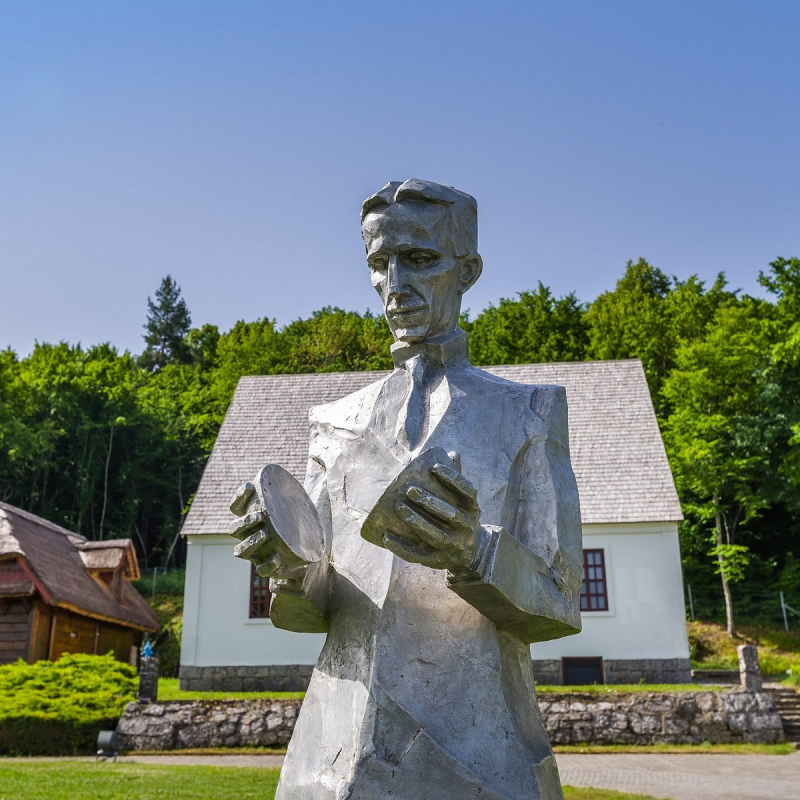
Photo: https://www.tripadvisor.com/ -
Born in Dubrovnik is Ruđer Bošković. He created an early version of atomic theory and made numerous contributions to astronomy, including the first geometric method for determining a planet's orbit from three observations of a surface feature and the equator of a revolving planet. He also discovered that the Moon has no atmosphere. He was a mathematician, philosopher, theologian, diplomat, poet, physicist, astronomer, geodesist, and archaeologist. His contributions to science span a wide range of fields, but his work in mathematics, hydromechanics, theoretical astronomy, geometry, and analogous interpretation of all known natural events are his most significant accomplishments.
The Institute for Scientific Research in Atomic Physics was established in Zagreb in 1950. The institute immediately changed its name to "The Ruđer Bošković Institute" after Ivan Supek suggested being welcomed by Ruđer Bošković. The institute has a multidisciplinary focus; it employs 550 researchers and students from the fields of computer science, electronics, molecular biology, chemistry, environmental and marine research, and experimental and theoretical physics.
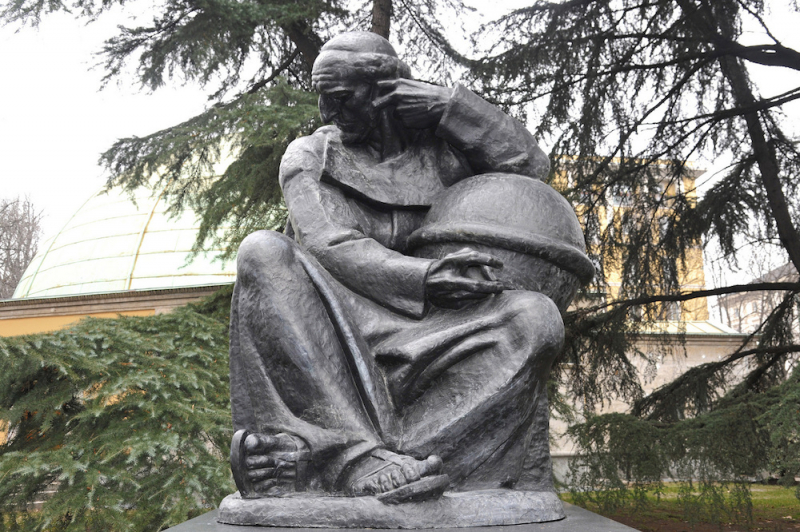
Photo: http://www.croatia.org/ 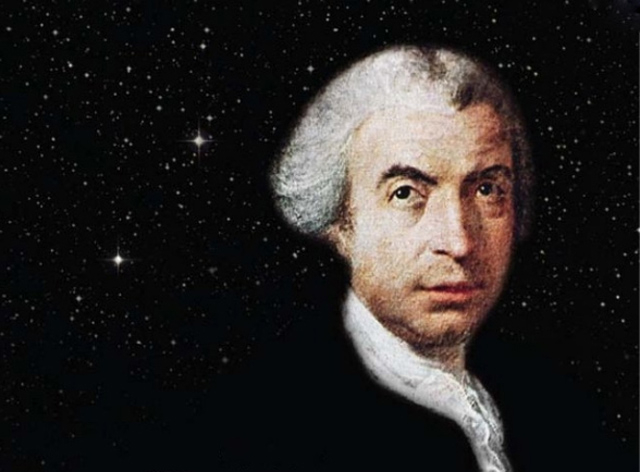
Photo: https://www.troplet.ba/ -
Perhaps you've played Marco Polo. Do you, however, recognize Marco Polo? Between 1271 and 1295, he went through Asia along the Silk Road as a trader from Venice, writer, adventurer, and explorer. He was regarded as one of the earliest Europeans to leave a thorough account of his travels. His birthplace is still a mystery and a source of conjecture. The majority of historians concur that Marco Polo was born in Venice, while other historians and academics assert that he was actually born in the town of Korčula on the island of Korčula.
His father Nikola and uncle Mateo served as the Yuan Dynasty of Mongolia's wandering merchants and ambassadors. They brought Marco Polo, then age 17, along on one of their trips to China. Marco was taken prisoner in the maritime conflict between Venice and Genoa when he arrived home. He talked about his travels with Rustichello da Pisa in his cell during his months in Genoa prison. In a book named "Million," also referred to as "Marco Polo's Travel," he recorded Marko's tales. The book introduced the Middle East, India, China, and Japan to Europeans and served as an inspiration for a number of later researchers, including Ferdinand Magellan and Christopher Columbus.
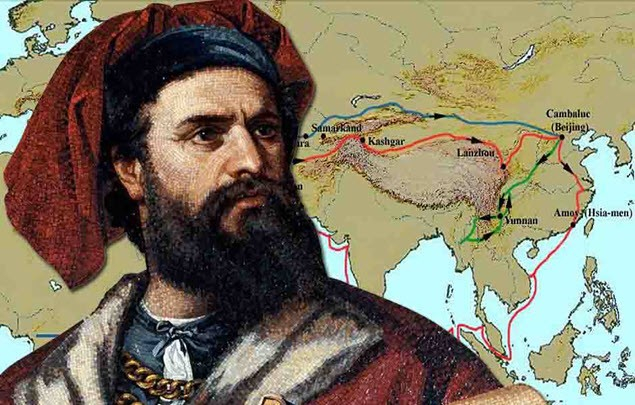
Photo: https://travel-advisor.eu/ 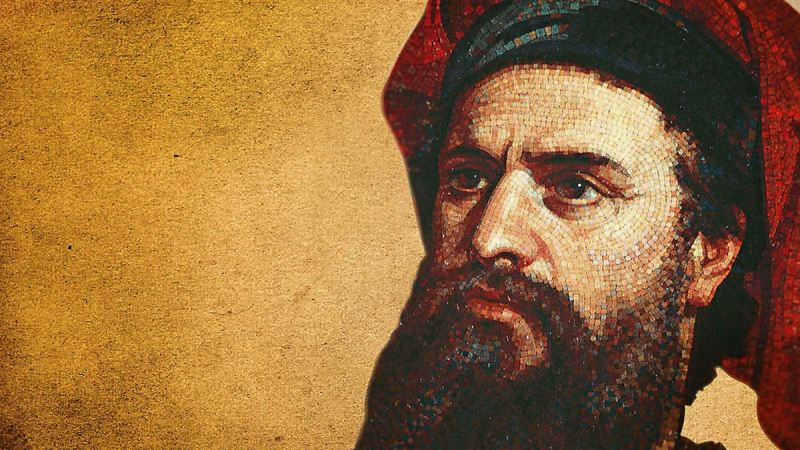
Photo: https://cyclecroatia.com/ -
Nikola IV Zrinski or Miklós IV Zrínyi also commonly known as Nikola Šubić Zrinski, was a Croatian nobleman and general who served as Ban of Croatia from 1542 to 1556, royal controller of the treasury from 1557 to 1566, and a member of the Zrinski and Kurjaković noble families. In the Kingdom of Croatia, the Zrinski family rose to prominence during his lifetime. He emphasized that he spoke up for Vienna in 1529, when he was just 21 years old. Charles V presented him with a horse and cash as a reward.
Due to his heroic death at the siege of Szigetvár (1566), which prevented Sultan Suleiman the Magnificent of the Ottoman Empire from advancing toward Vienna, Zrinski gained notoriety throughout Europe. The French statesman and theologian Cardinal Richelieu referred to the conflict as "the fight that rescued civilization" because of its significance. Zrinski became known as a symbol of a brave and selfless warrior, a national hero in both Croatia and Hungary and a Christian hero. He is frequently represented in art.
Europe as a whole was moved by his bravery, and as a result, they gave him the name Leonid. Today, Nikola Šubić Zrinski is honored as a notable Croatian. A bronze statue was erected in Čakovec to commemorate the Battle of Siget's 500th anniversary. It is situated next to the Zrinski Castle and is around 3 meters high.
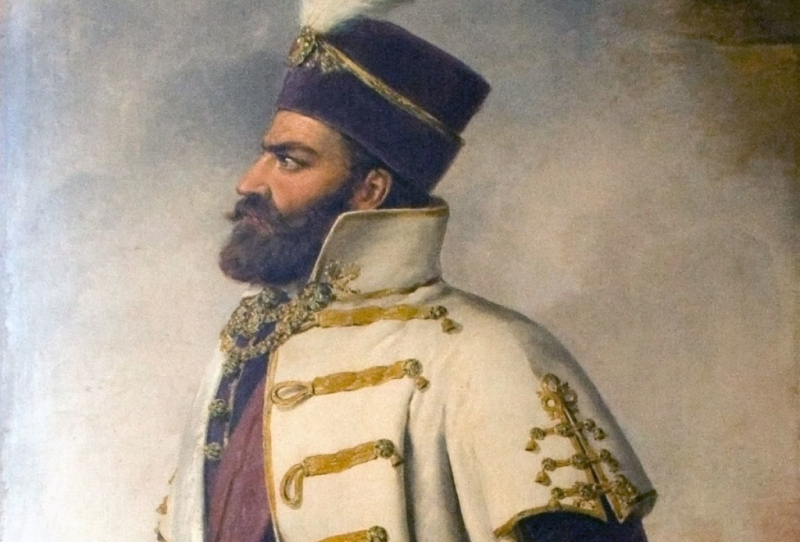
Photo: https://narod.hr/kultura/ 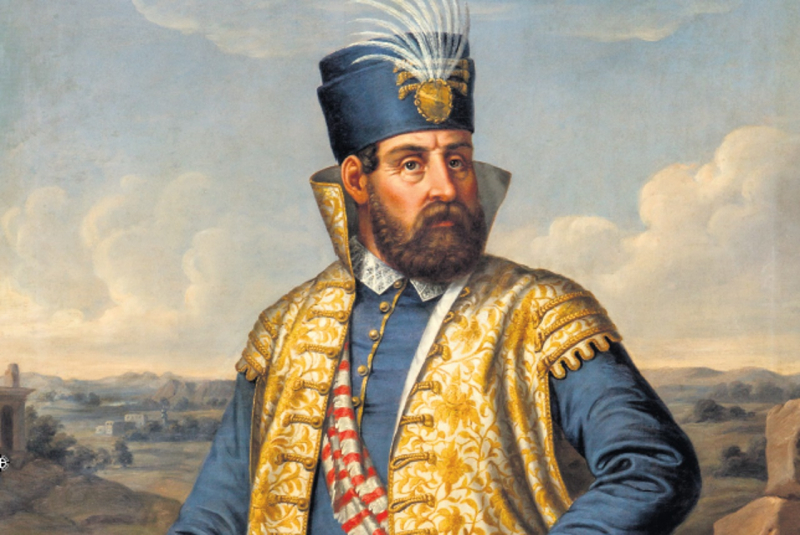
Photo: https://www.vecernji.hr/ -
Known as one of the most important historical figures in Croatia, Ivan Meštrović was a writer, architect, and sculptor from Croatia. He was the most well-known contemporary Croatian sculptor and a key figure in Zagreb's art scene. He attended the Academy of Fine Arts in Vienna, where he was influenced by the Secession, as well as Pavle Bilinić's Stone Workshop in Split, where he studied. While on his travels through Europe, he studied the sculptures by French artists Auguste Rodin, Antoine Bourdelle, and Aristide Maillol as well as the ancient and Renaissance masterpieces, particularly Michelangelo. He resided and produced art in a number of important European cities, including Rome, Paris, London, and Geneva.
Meštrović produced works with a significant emphasis on aesthetics for construction-sculptural monuments and projects, many of which featured a primary design. His well-known works of art include:
- The Bowman and The Spearman (also known as Equestrian Indians), Chicago, USA
- The Monument to the Unknown Hero, Belgrade, Serbia
- Gregory of Nin (Grgur Ninski) at the Church of the Holy Cross, Nin, Croatia
- Gregorius of Nin, at the Golden gate entrance to the Diocletian Palace, Split, Croatia
- Croatian History, Zagreb, Croatia
- The Winner, Belgrade, Serbia
- Visit The Meštrović Gallery in Split at Šetalište Ivan Meštrović or The Meštrović Atelier in Zagreb placed in Upper Town and explore his magnificent artworks.
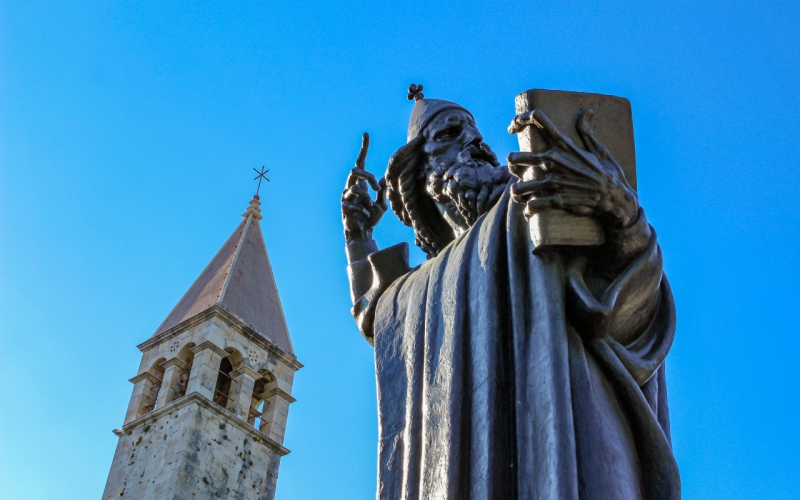
Photo: https://www.terra-balka.com/ 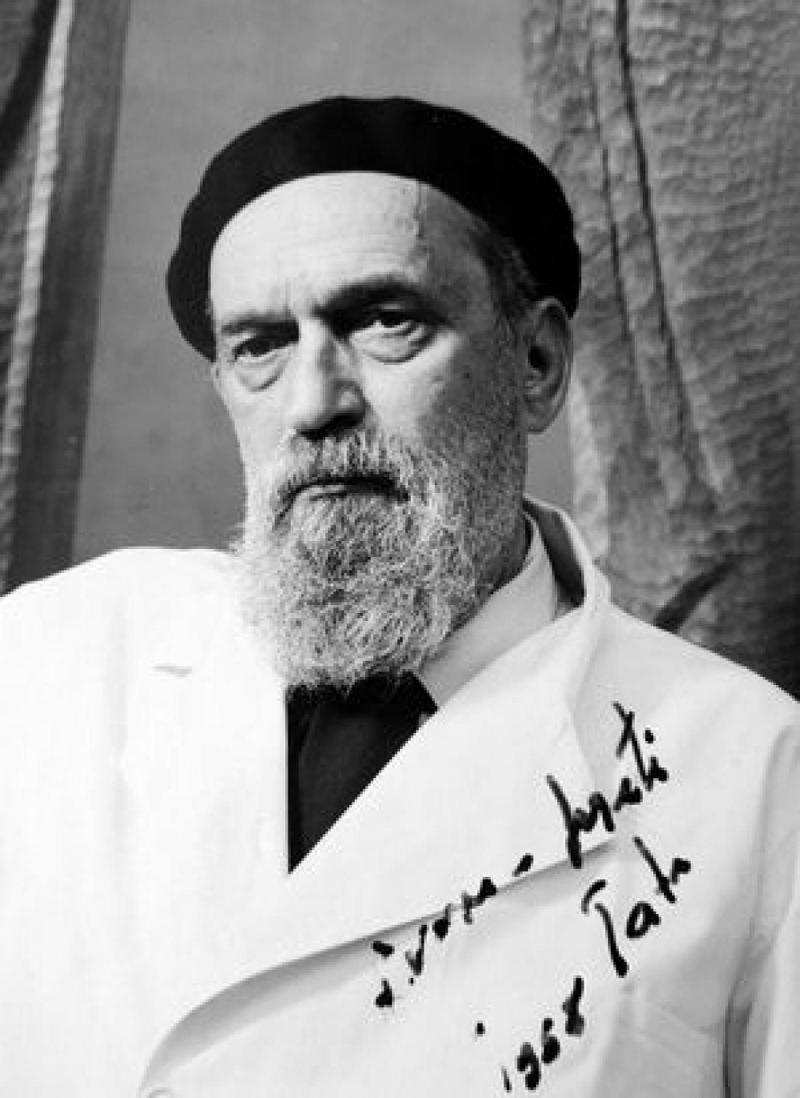
Photo: https://architectuul.com/ -
Josip Jelačić was a significant politician of the 19th century, a member of the Jelai aristocratic family, and the ban of Croatia, Dalmatia, and Slavonia. He was one of the most significant politicians in all of Croatian history and was responsible for calling the country's first parliamentary elections. During the Revolution in Hungary in 1848, he won a noteworthy victory as an army commander against the rebellion.
He succeeded in uniting Croatia with Dalmatia and the Krajina area, a task that had long evaded the nation. Both elected and hereditary members were permitted to participate in the Sabor under Jelačić's direction. Even though the peasants remained impoverished for many more years, he ended feudalism.
After being unwell, Jelai Jelačić passed away in Zagreb on May 20, 1859. He is interred in a tomb close to his castle at Zaprešić. In his period and the immediate aftermath, Jelačić was not well-liked by the Croatian political class, notably Ante Starčević and others, and in particular by those who lost loved ones in his military campaigns and received little benefit from his economic policies.
Along with Ante Starčević and Stjepan Radić, who served as Croatia's political head until 1928, Jelačić is now regarded as a significant and respectable person in the country's history. Ban Jelačić Square in Zagreb was given that name in 1848, and an Anton Dominik Fernkorn statue of him was placed there in 1866. The statue was taken down in 1947 during the Communist regime and put back up in 1990 after the fall of Communism.
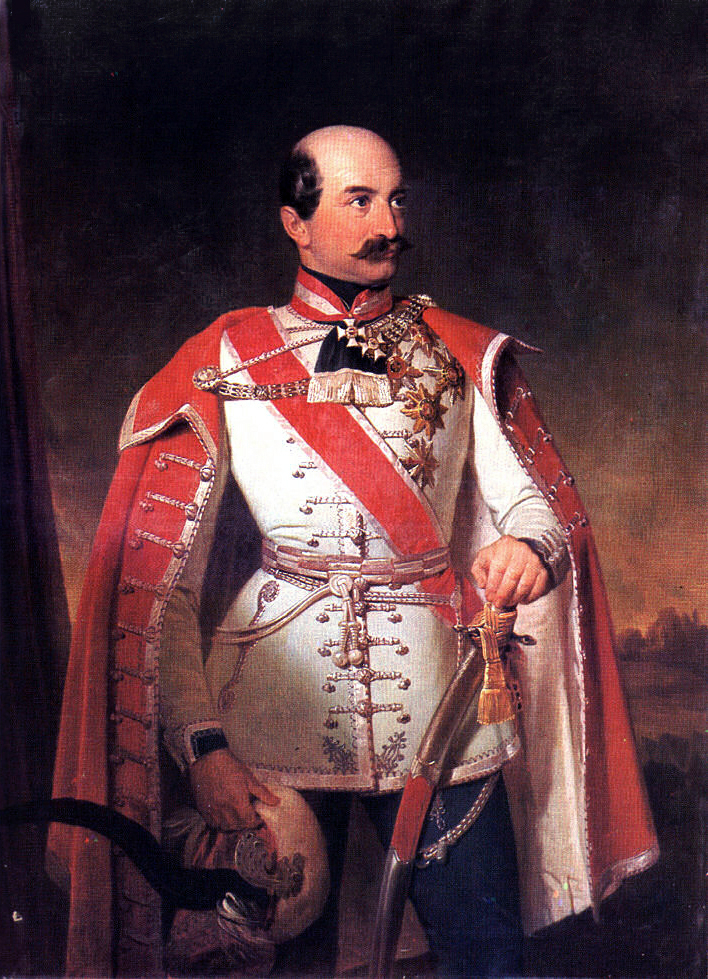
Photo: https://en.wikipedia.org/ 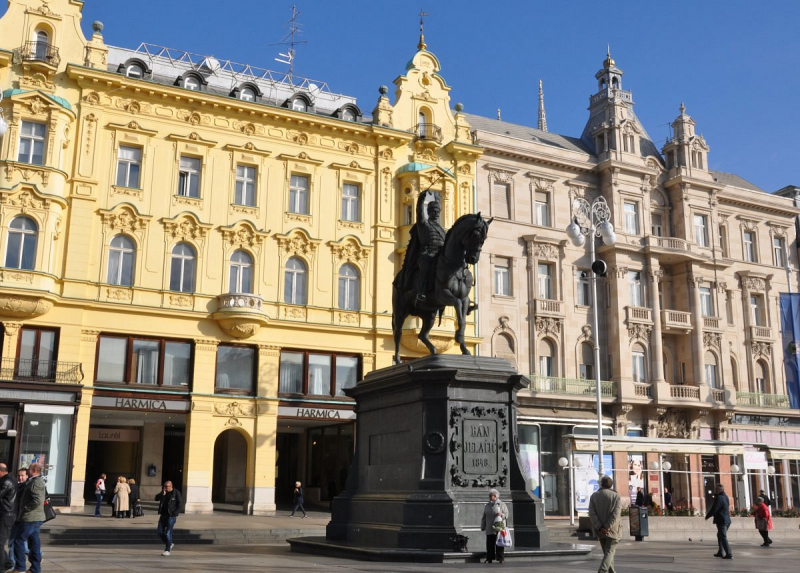
Photo: https://www.tripadvisor.com/ -
Ivan Gundulić, formerly known as Dživo Franov Gundulić, was the most well-known Baroque poet to emerge from the Republic of Ragusa (now in Croatia). He is considered the national poet of Croatia. His writing captures the core ideas of the Roman Catholic Counter-Reformation: zealous hostility to "infidels," religious enthusiasm, and emphasis on the "vanity of this life." The epic poem Osman, the pastoral comedy Dubravka, and the religious poetry Tears of the Prodigal Son (based on the Parable of the Prodigal Son) are three of Gundulić's most notable works. They are all excellent instances of the Baroque period's stylistic variety and, frequently, rhetorical extravagance.
His ancestors were well-known in the 13th century, and in Dubrovnik, they were all involved in various State administration-related jobs. His plays typically dealt with literary and mythological themes and featured elaborate sets, dance, music, and unique scenes. Eight verses, each with a quatrain as the first line, make up the majority of Gundulić's compositions.
At the time, Ivan Gundulić had attained literary fame for his lifetime and was recognized as a canonical author of earlier Croatian literature.
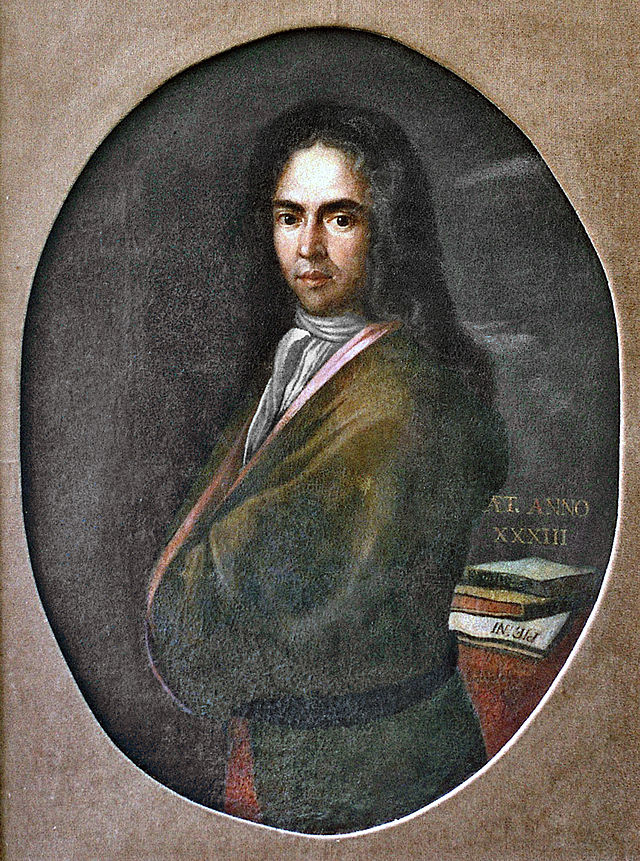
Photo: https://en.wikipedia.org/ 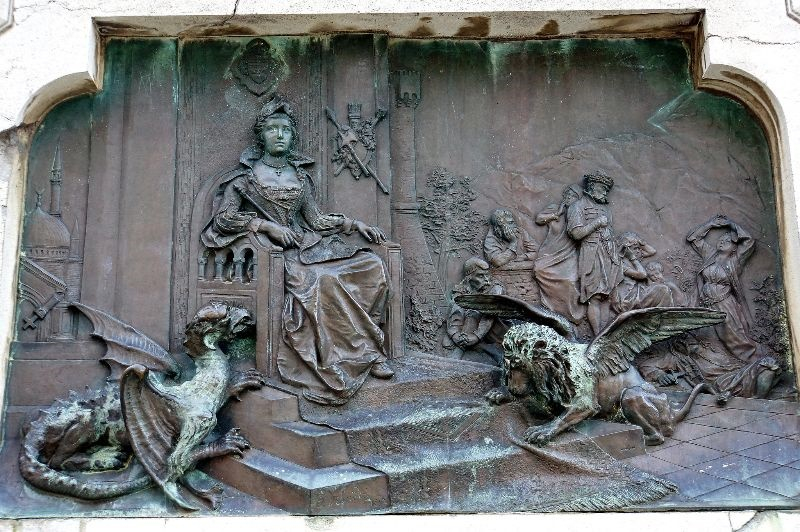
Photo: https://dodubrovnik.com/ -
One of the most adaptable polyhistors and a notable Croatian inventor, Faust Vrančić. He made contributions in a variety of fields. In addition to being a theologian, he was a lawyer, philosopher, historian, lexicographer, inventor, and lawyer. Additionally, he performed difficult political duties for the Bishop, the Emperor Secretariat, and the royal administrator of Hungary and Transylvania. He was devoted to contemplation and the growth of Christian virtues as a priest in addition to being a spouse and parent, which made his life path incredibly intriguing and important.
His Dictionary of the Five Most Noble European languages - Latin, Italian, German, Dalmatian, and Hungarian is the first Croatian and the first Hungarian dictionary in history. Its publication in Venice in 1595 is regarded as the start of Croatian lexicography.
Machinae Novae's collection of inventions, Machinae Novae or New Machines, featured 56 different technological inventions, undertakings, and buildings in 49 big photographs (bridges, exploitation of watercourses as propellant). His most well-known creations include cable-stayed bridges, wind turbines, parachutes, and modern suspension bridge construction.
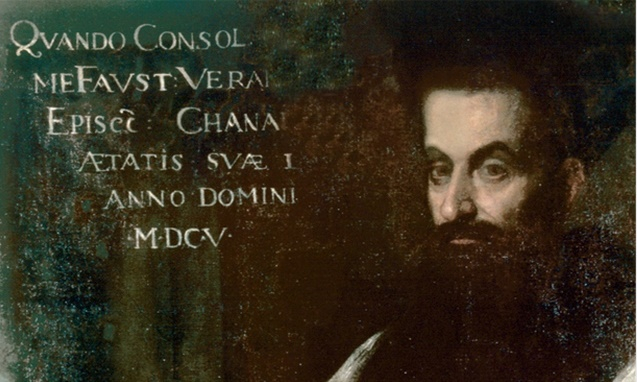
Photo: https://tourdalmatia.com/ 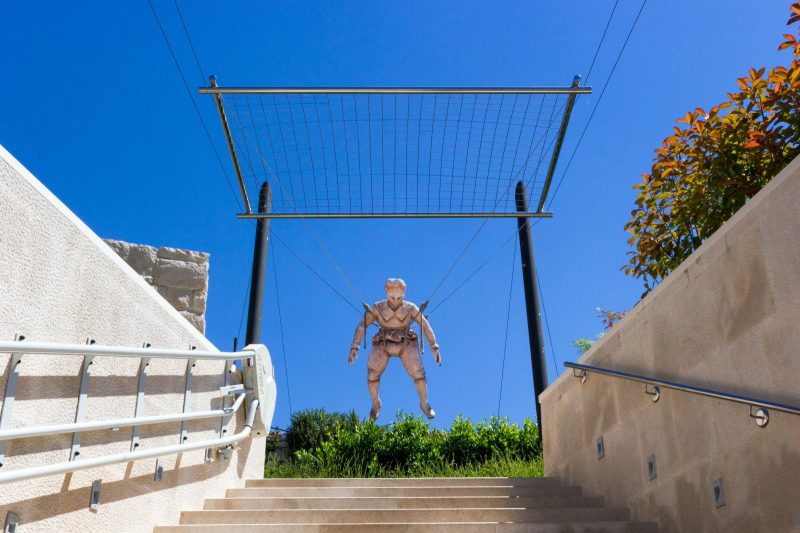
Faust Vrančić the father of the parachute - Photo: https://croatia2go.com/ -
Josip Juraj Strossmayer was a bishop, theologian, politician, and the brains behind some of the most significant national initiatives in science, education, and culture in contemporary Croatia.
Strossmayer played a key role in the foundation of the Yugoslav Academy of Sciences and Arts in 1866 and the University of Zagreb's restoration in 1874. He started the construction of the Academy Palace, which was finished in 1880, and established the Strossmayer Gallery of Old Masters in Zagreb in 1884.
Strossmayer established the Jesuit Cathedral and Croatian University, among other things. He created schools, libraries, and readers because he thought that everyone should be literate and educated. Strossmayer contributed to the establishment of the Cetinje printing house, the Matica Slovenska, and the Matica Srpska, the national cultural organizations for the Slovenes and the Serbs, respectively.
He stood out as a speaker during the Vatican Council and was one of the most prominent opponents of papal infallibility. Strossmayer "remarkably fine Latin" was lauded by the pope. He created a big splash with a speech in which he supported Protestantism. He was well-liked outside of Croatia and deserves to have an honorable place in the annals of recent Croatian history.
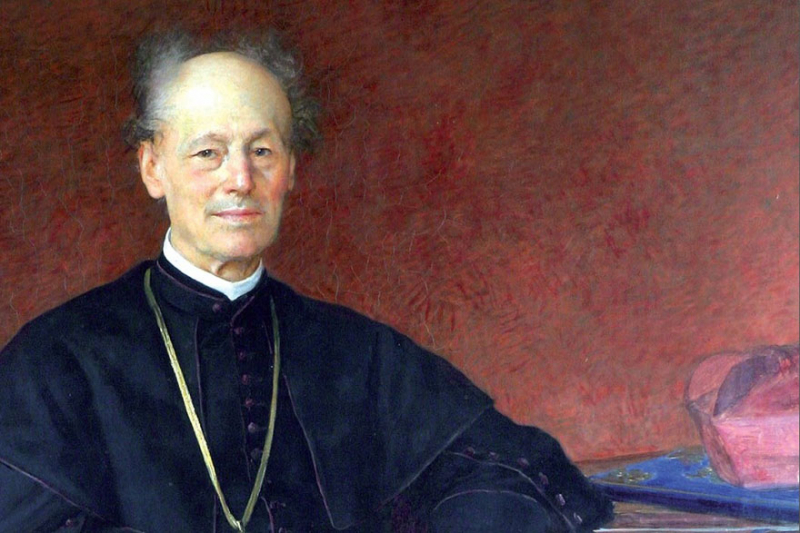
Photo: https://commons.wikimedia.org/ 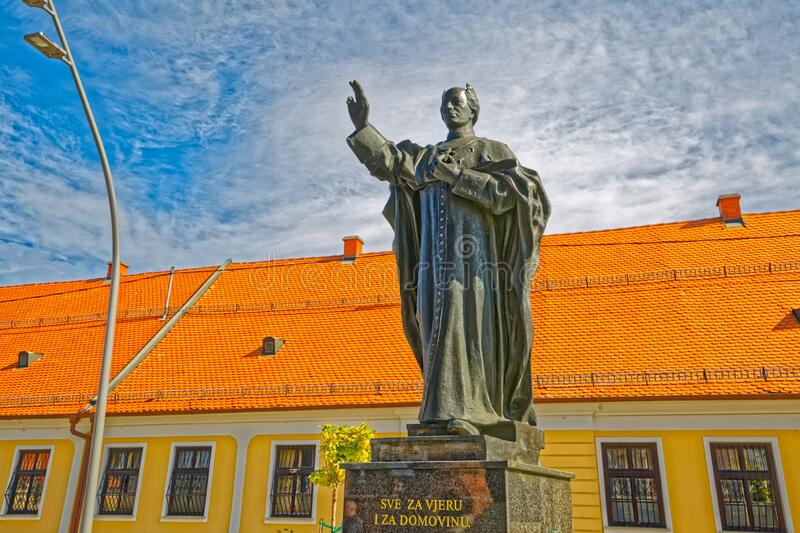
Photo: https://www.dreamstime.com/ -
Last but not least, Marija Jurić Zagorka is one of the most important historical figures in Croatia. Croatian journalist, novelist, and playwright Marija Jurić Zagorka was also an author. She was one of Croatia's most celebrated writers and the country's first female journalist. Despite being a talented writer, she is a staunch supporter of women's rights.
Zagorka launched her publication, Zabavnik, in 1917. She also contributed pieces to the Jutarnji list. After that, she wrote most of the pieces for the first Croatian women's journal, "Womans' Paper," which had patriotic and feminist overtones, and published and edited it (1925–1938). In addition, Zagorka contributed to numerous other prestigious newspapers, such as Vijenac and Novi list, with his pieces. In 1936, she helped establish the Croatian Female Writers' Association.
Because women were still expected to stay at home and be housewives in those days, Zagorka was compelled to write anonymously and under aliases that concealed her gender. Although the precise number of her novels is unknown, it is believed that she produced 35 or so. The Witch of Gric (1995) and Malleus Maleficarum are two of her novels that are available in English, but none of her books have been translated into that language (1972). Although Zagorka's novel is a fictional story rather than a guide to witch hunting, the latter title is the same as the one of the "textbook" about finding witches which were published in 1486. There are 11 of her Croatian-language works in the Library of Congress.
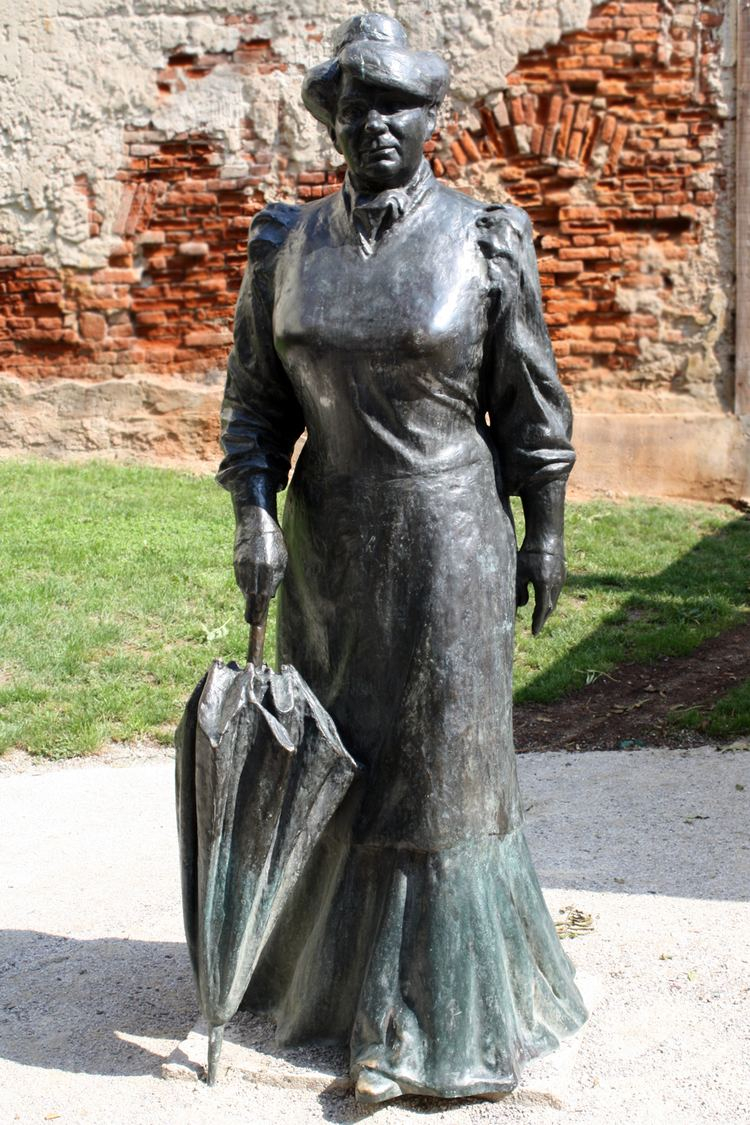
Photo: https://alchetron.com/ 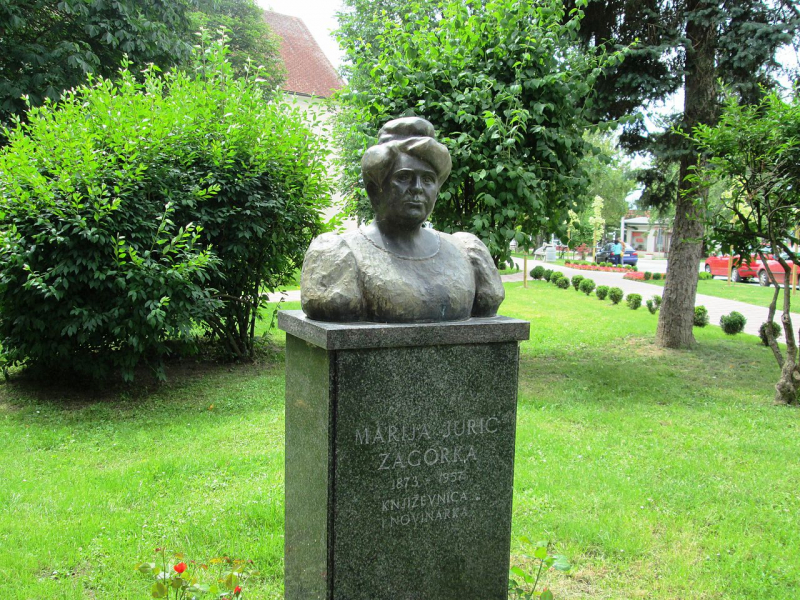
Photo: https://commons.wikimedia.org/














